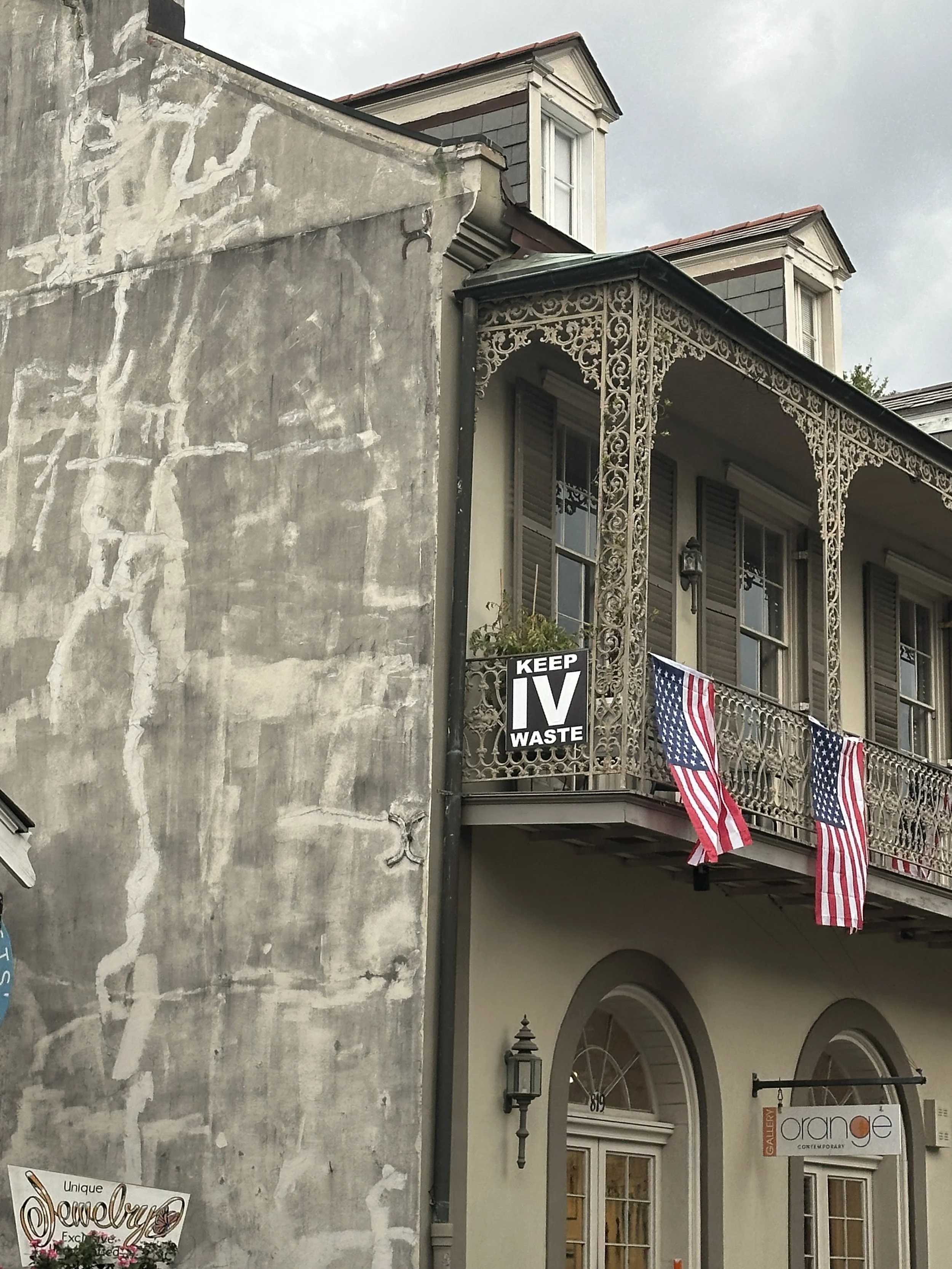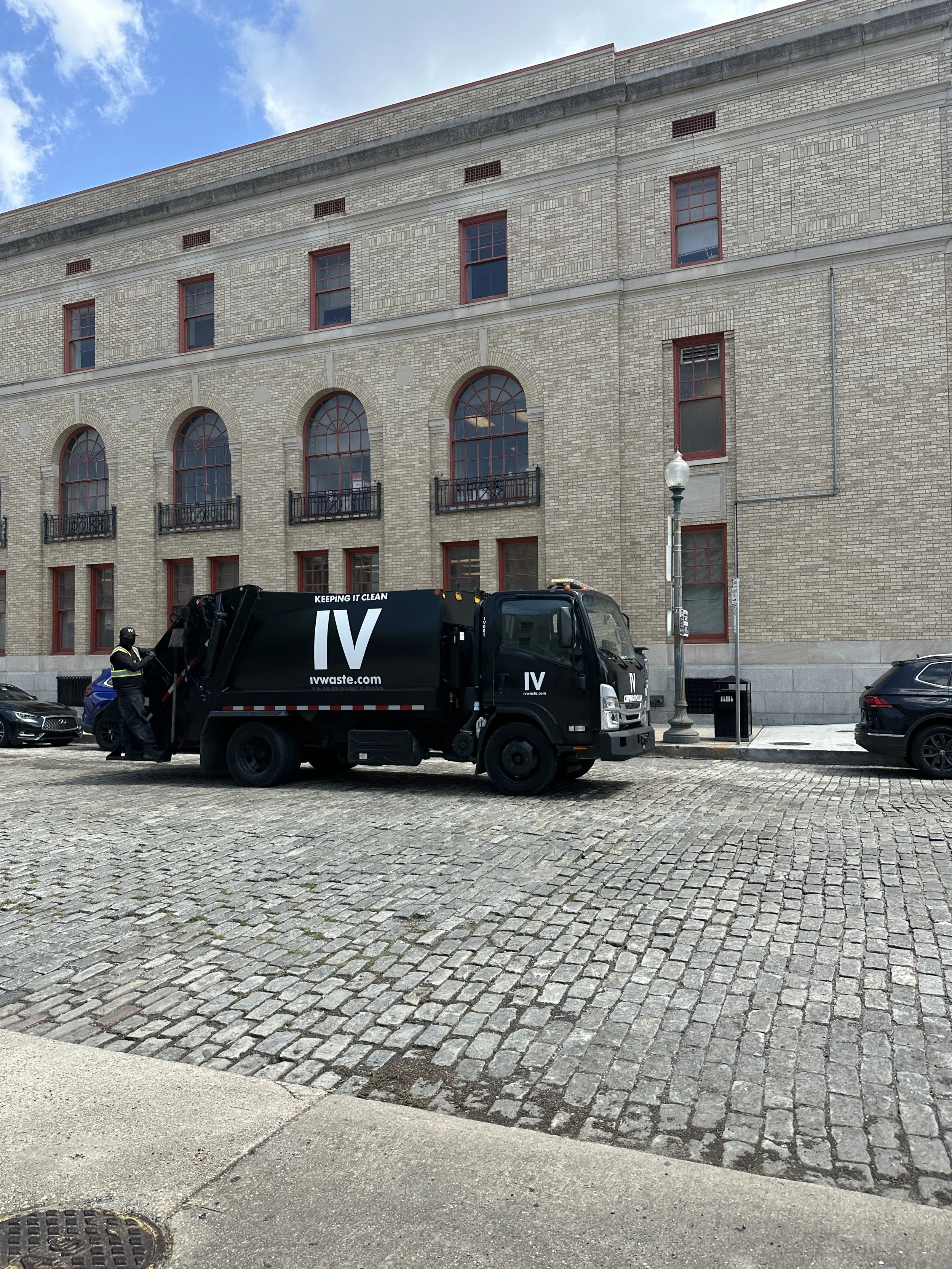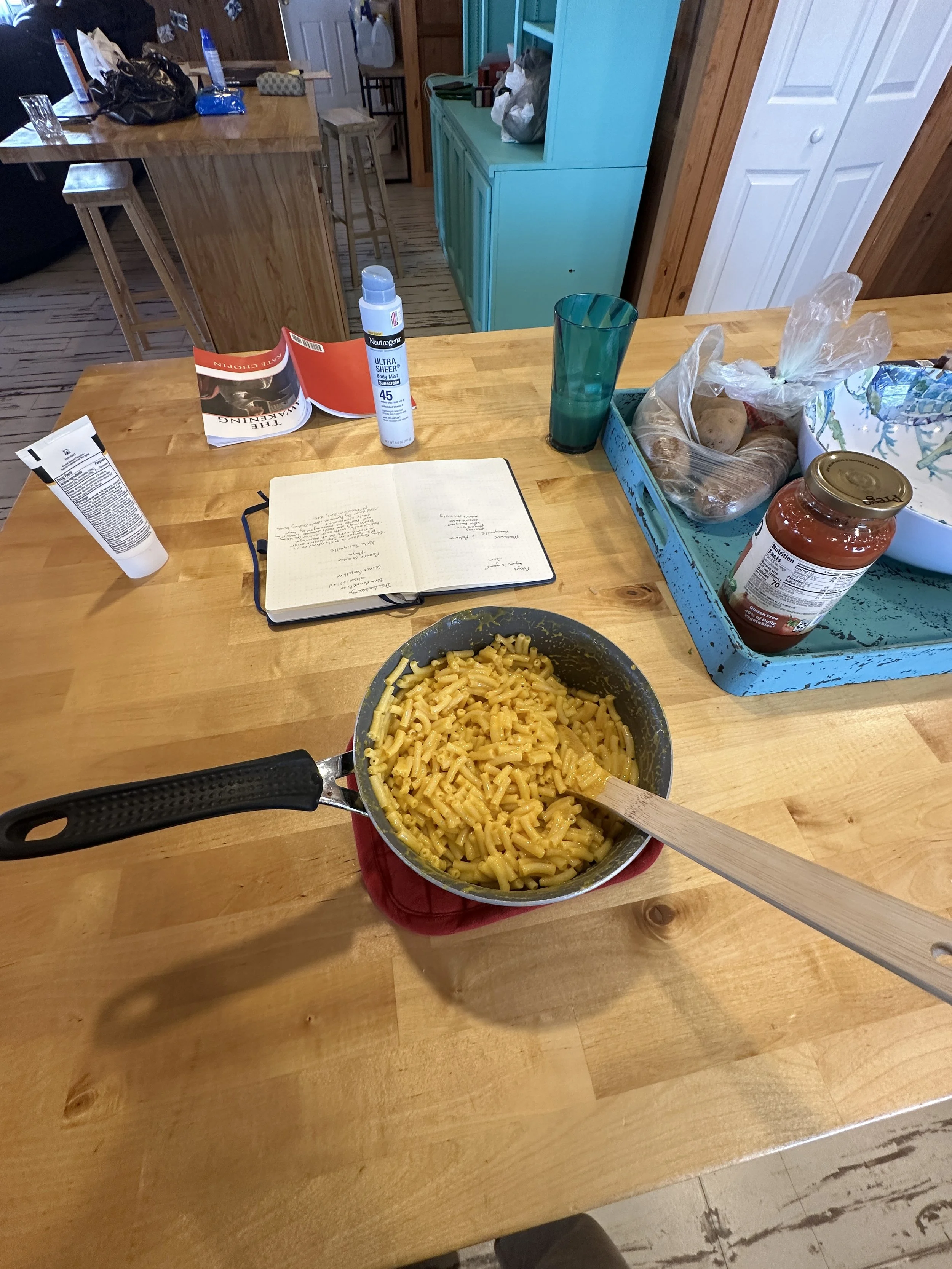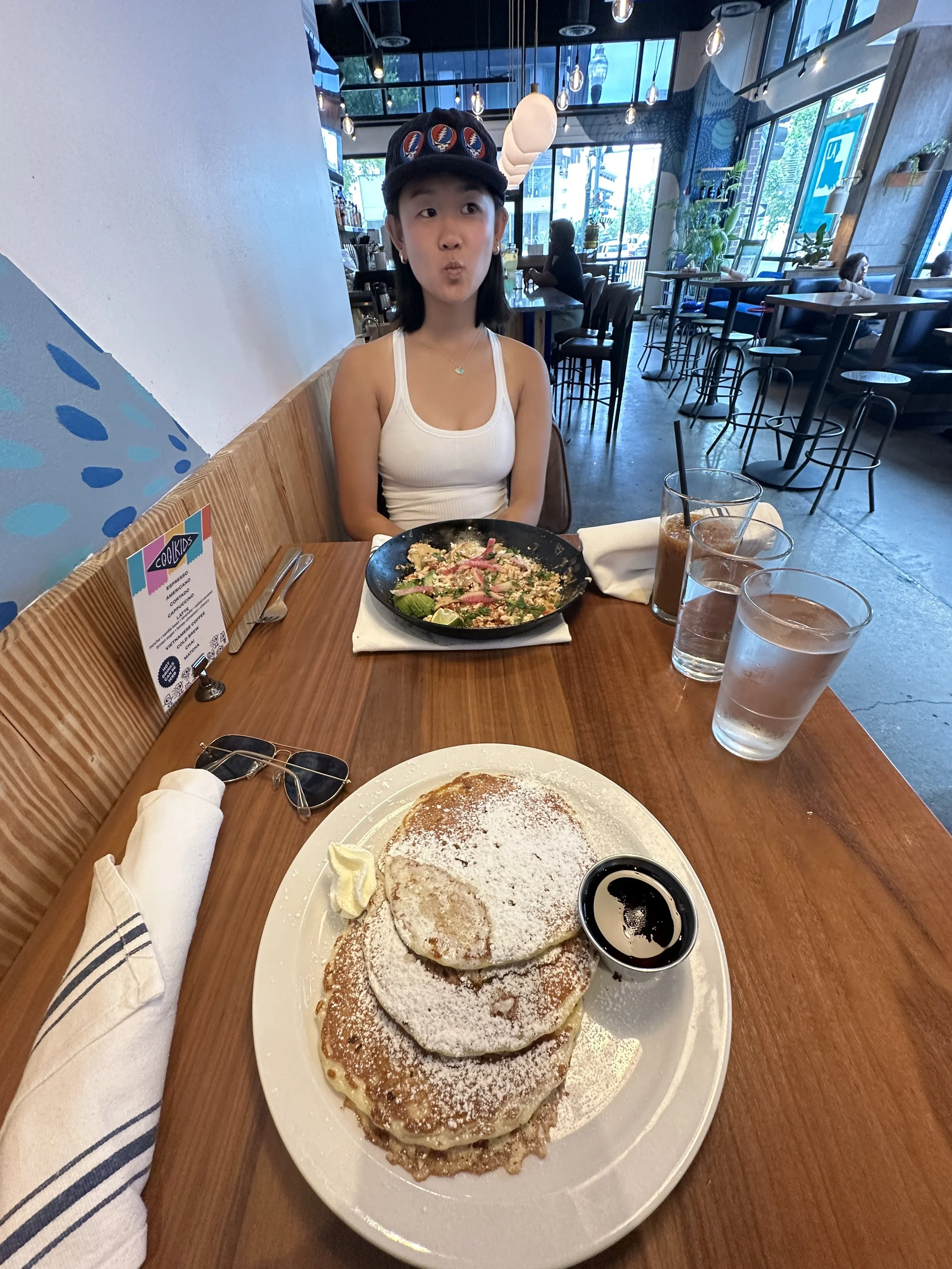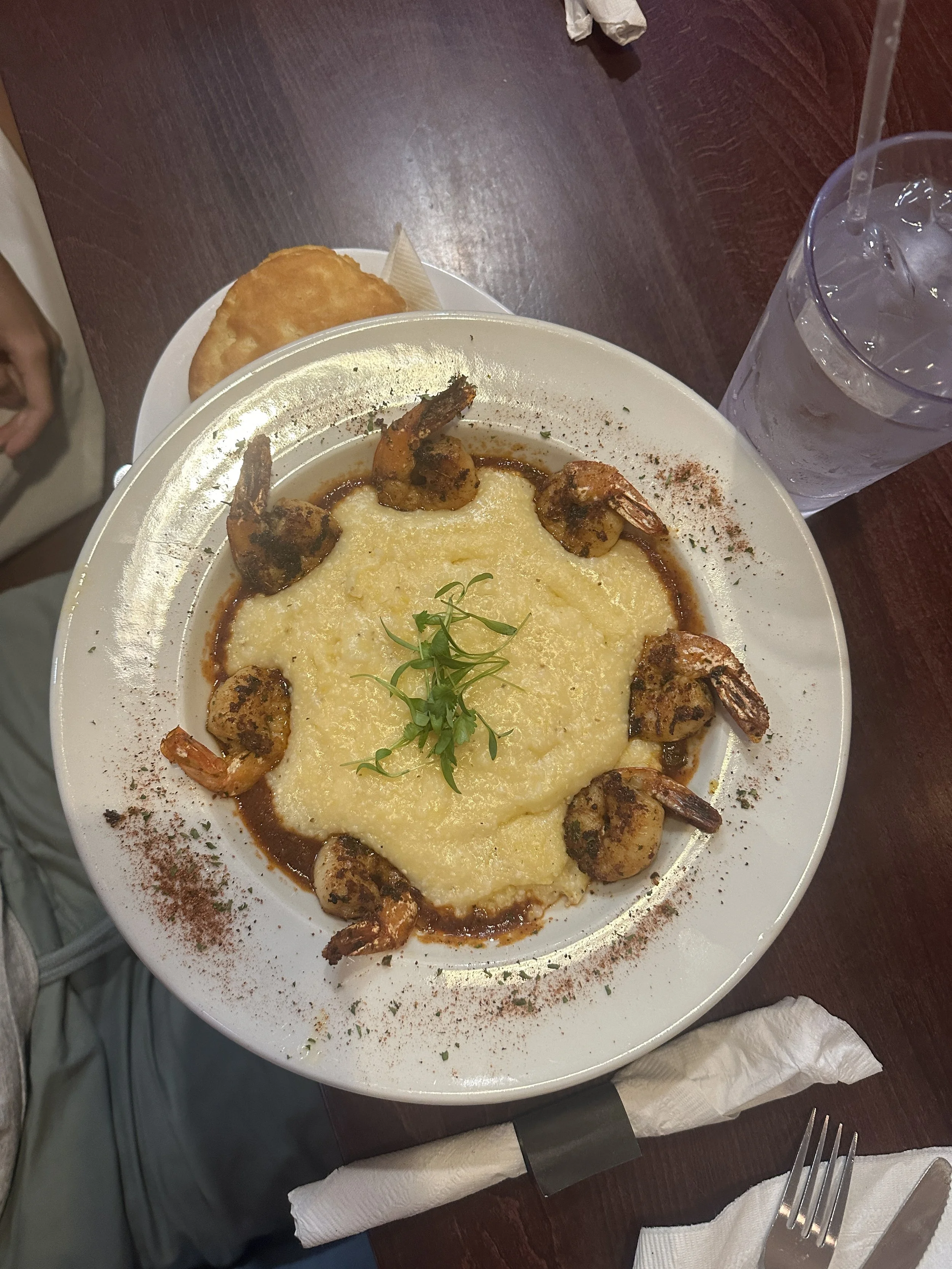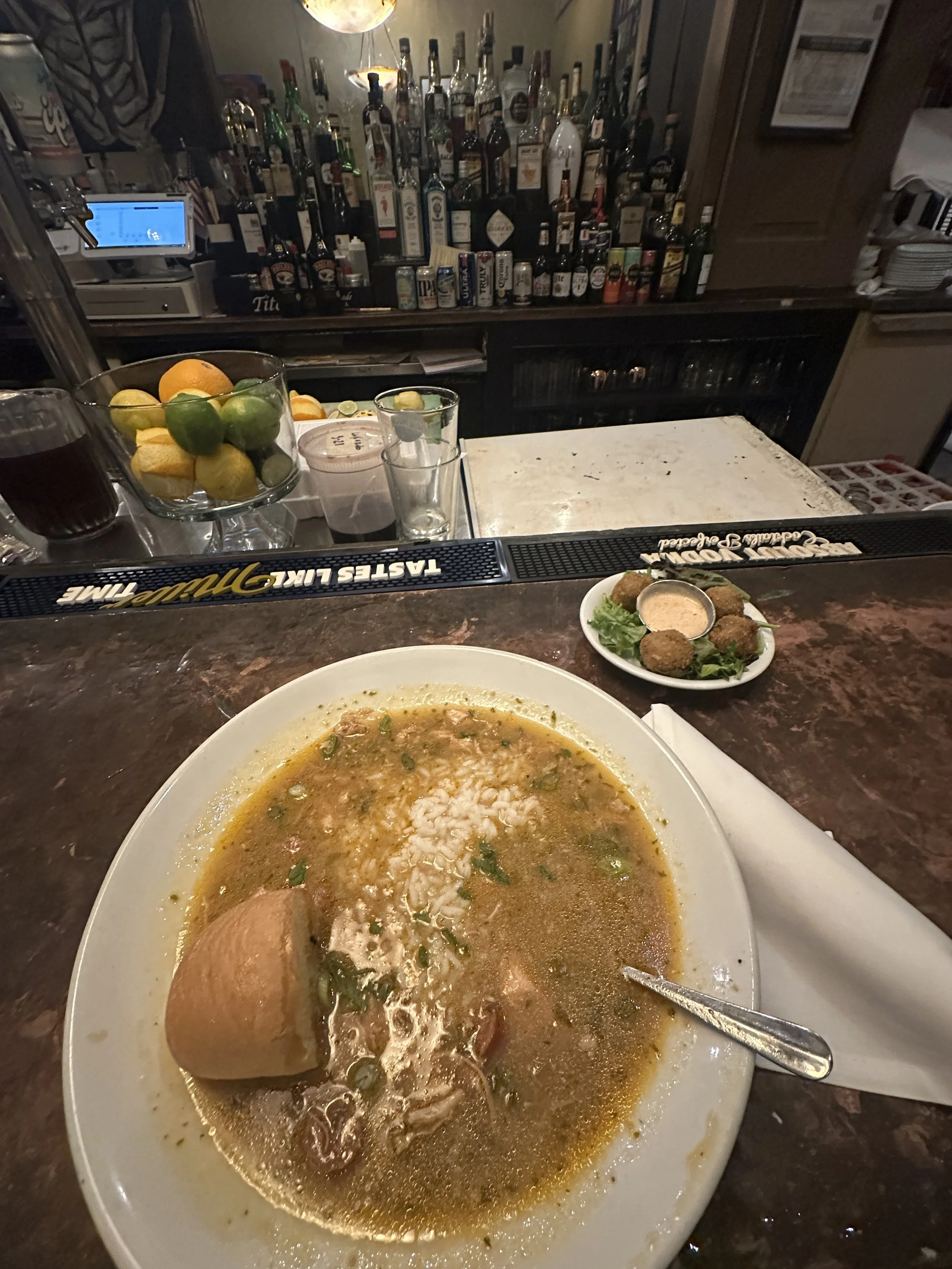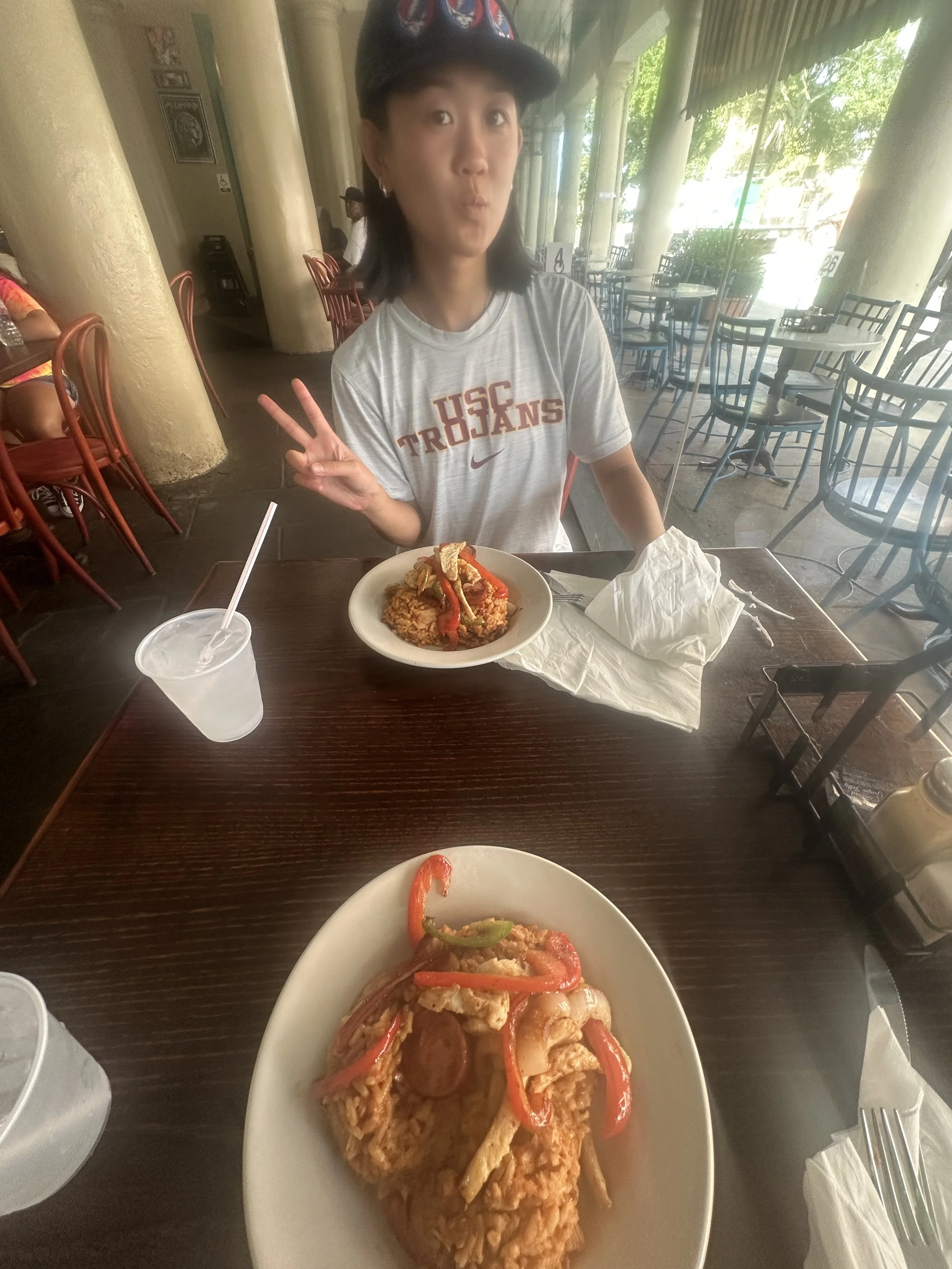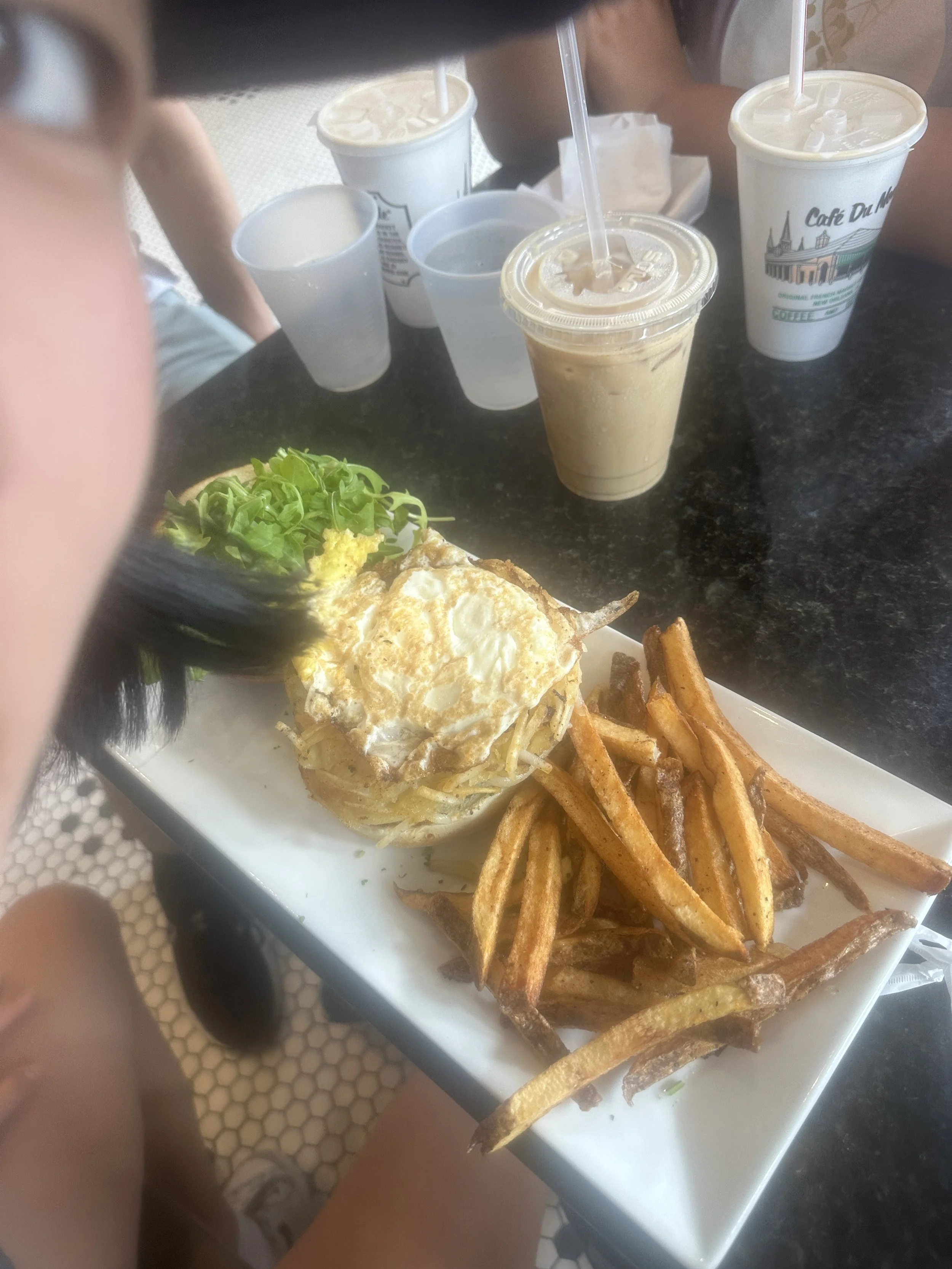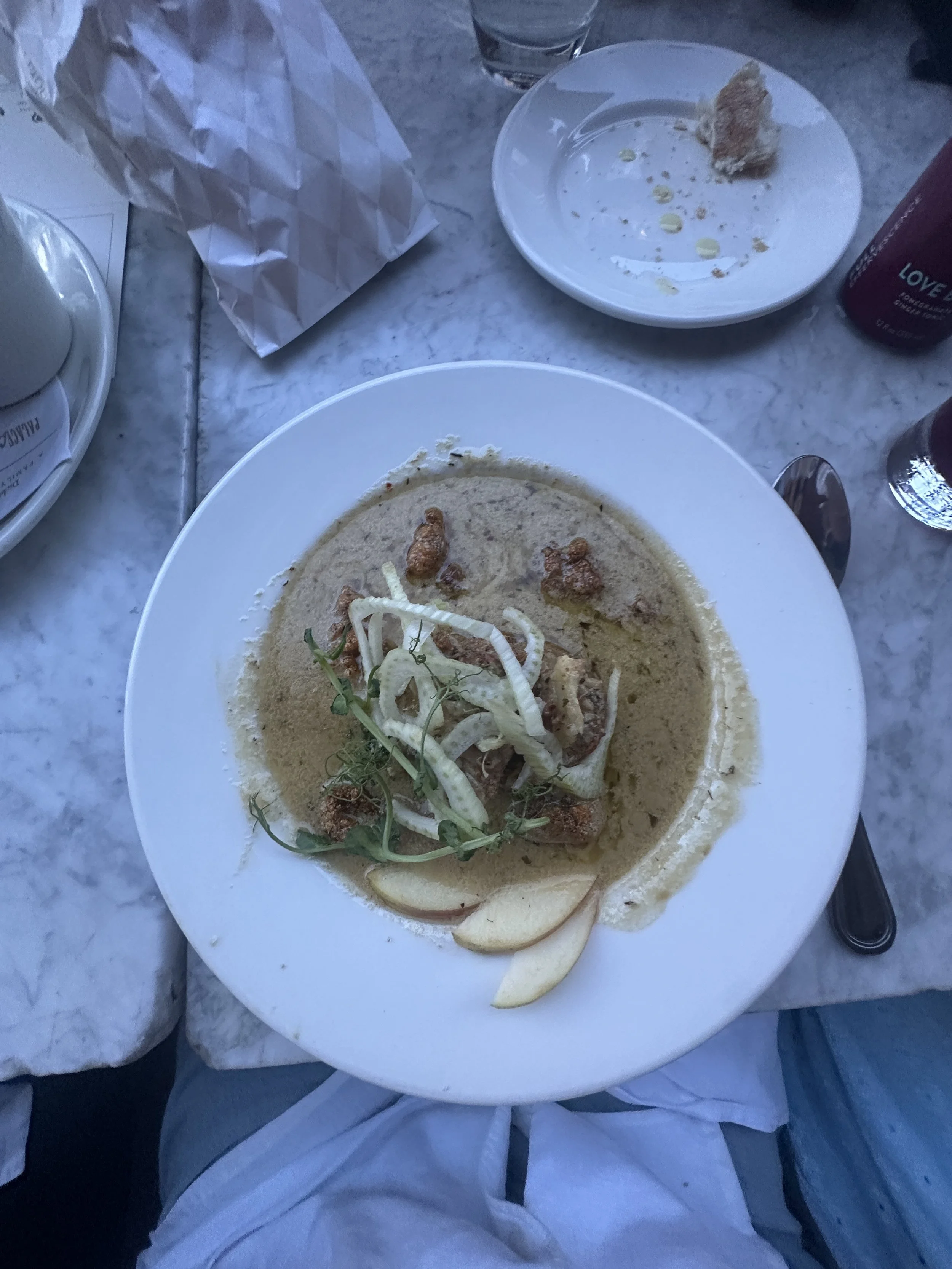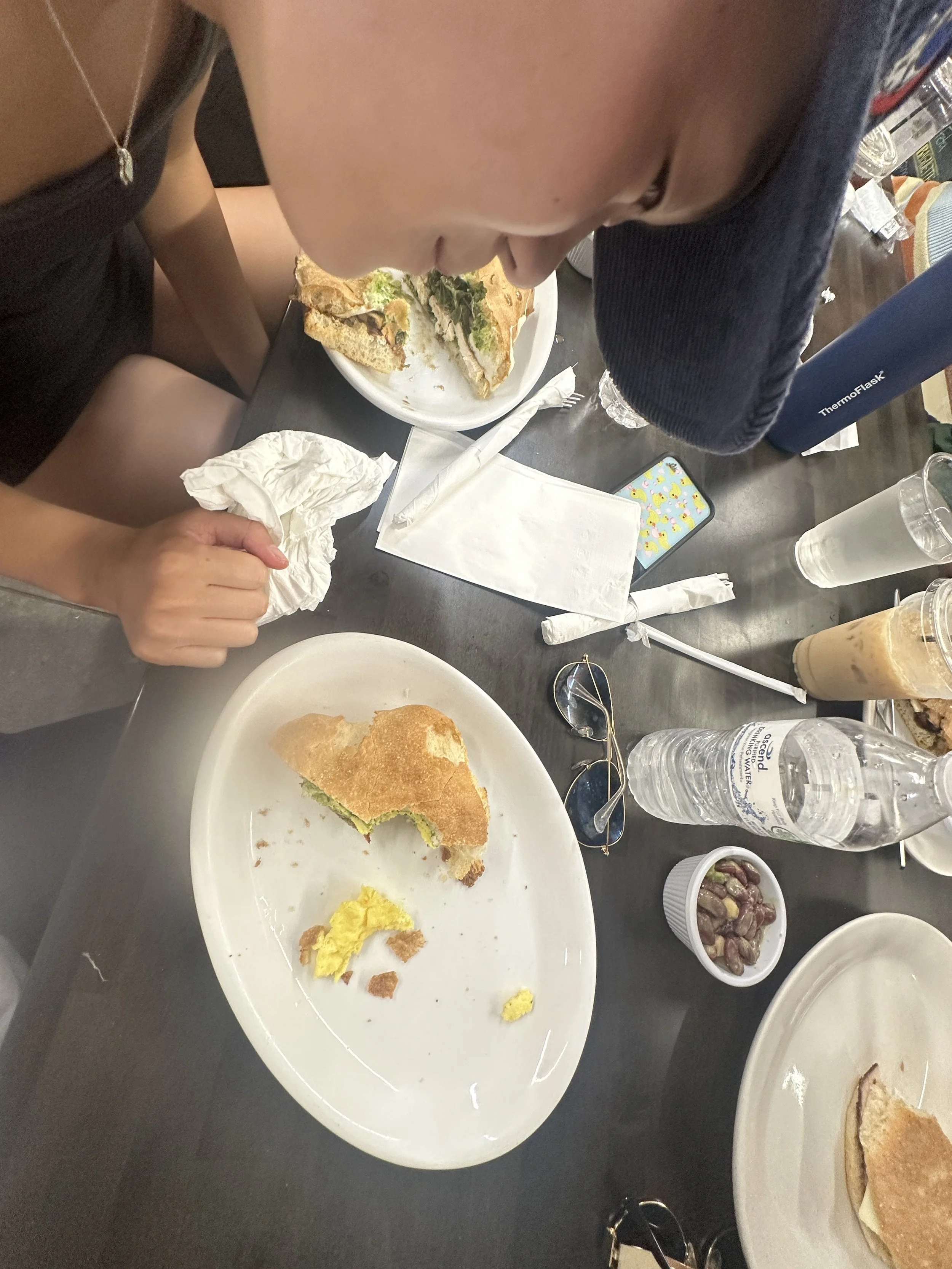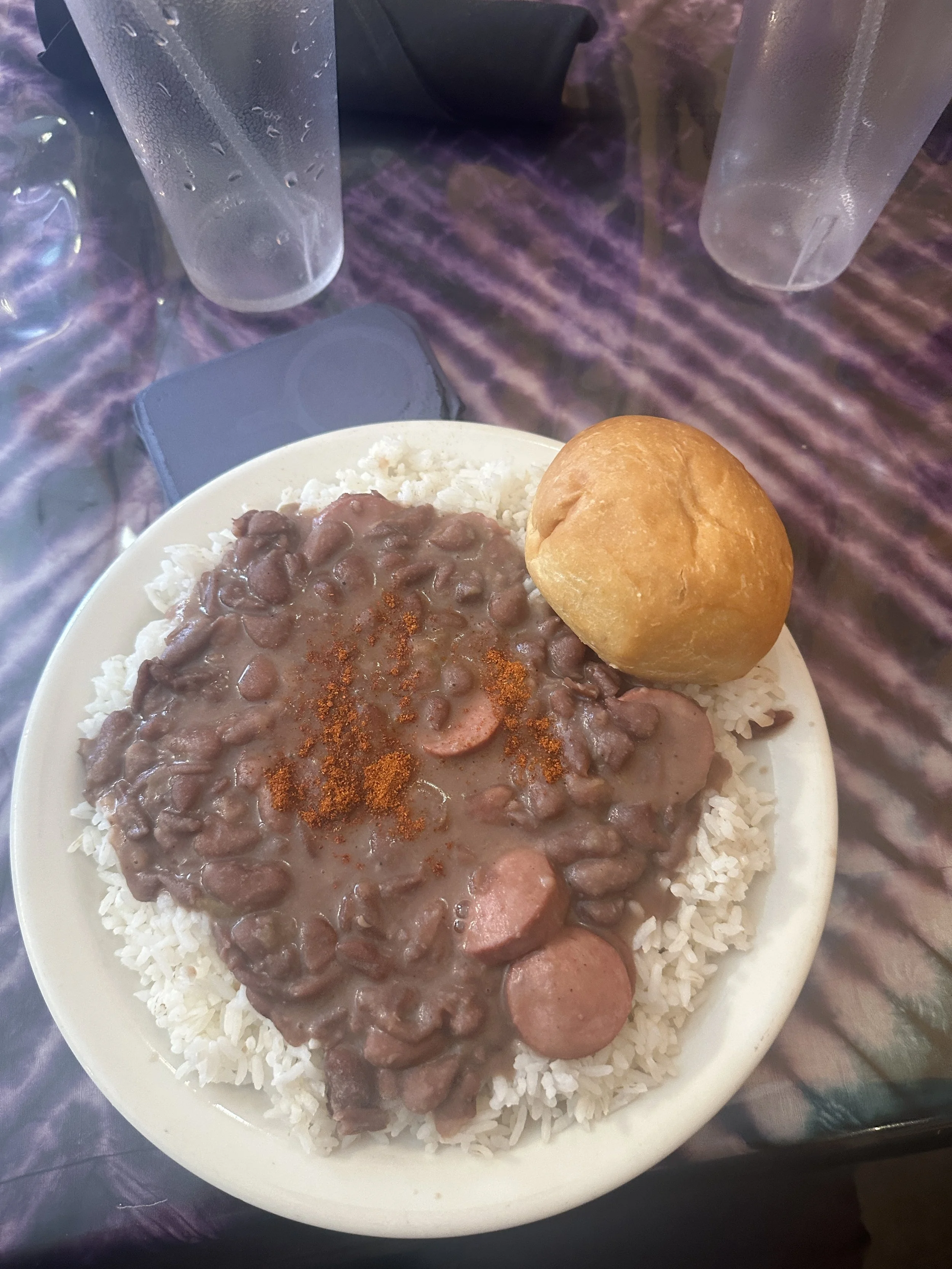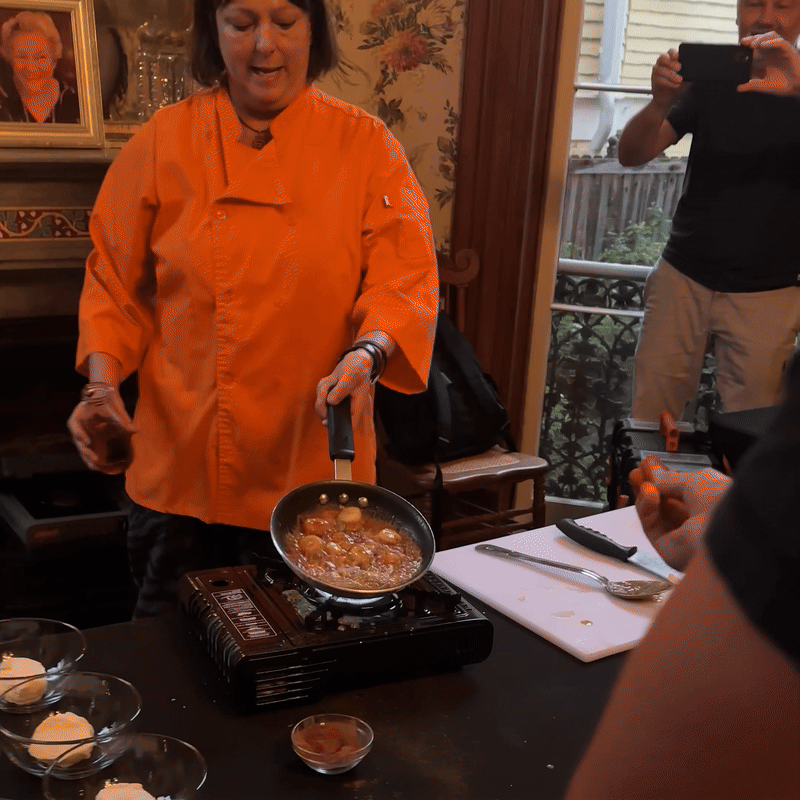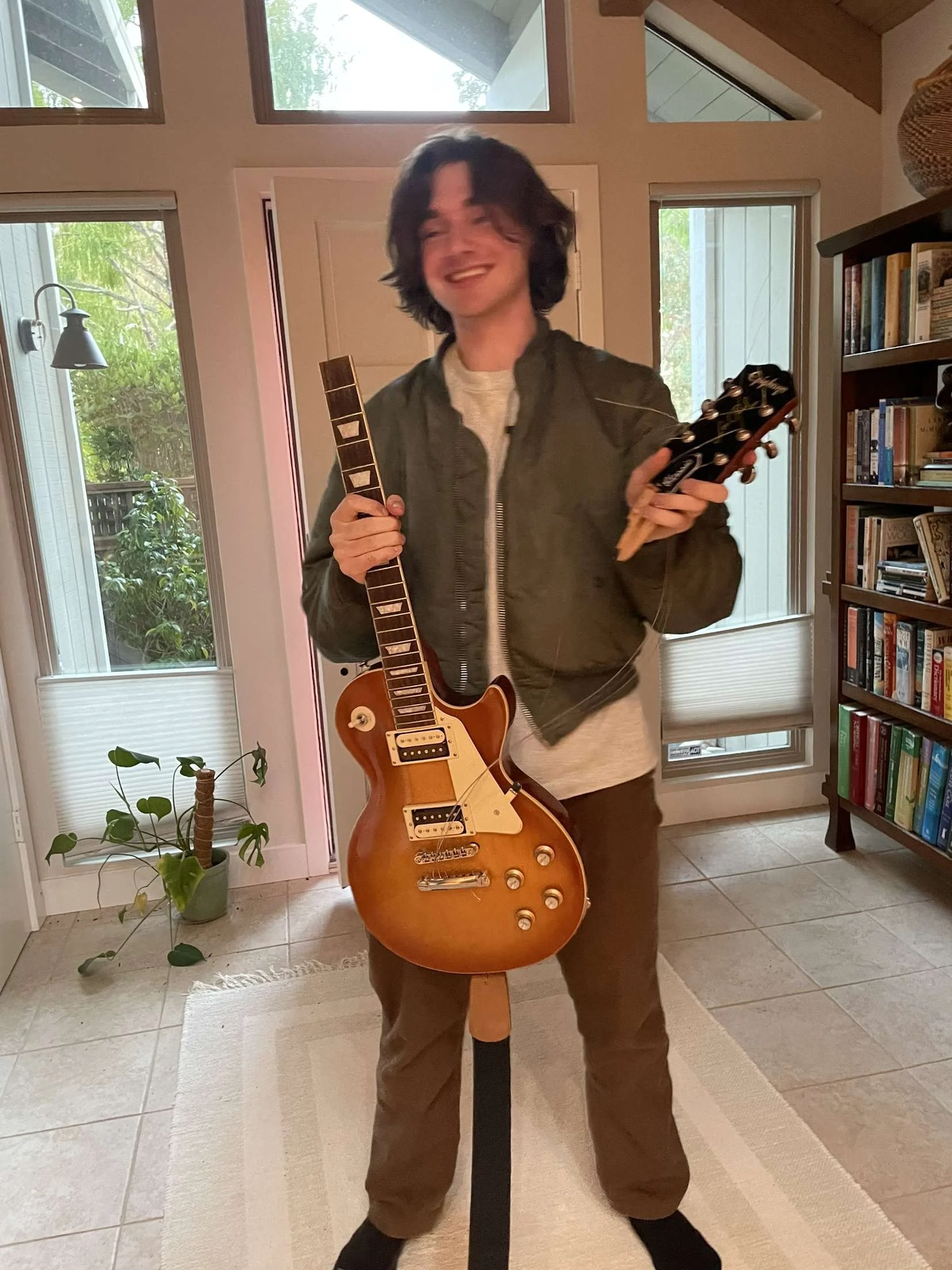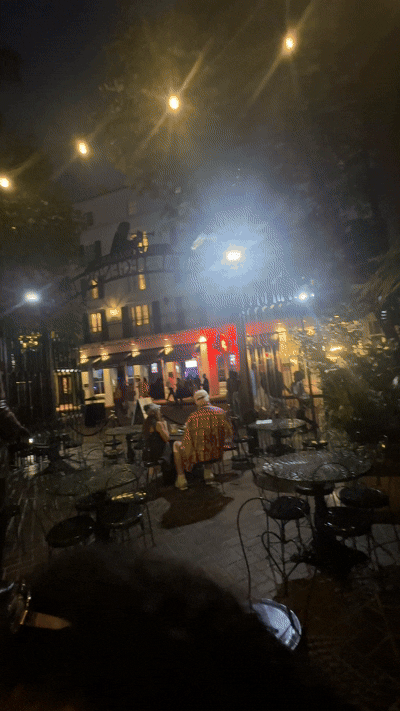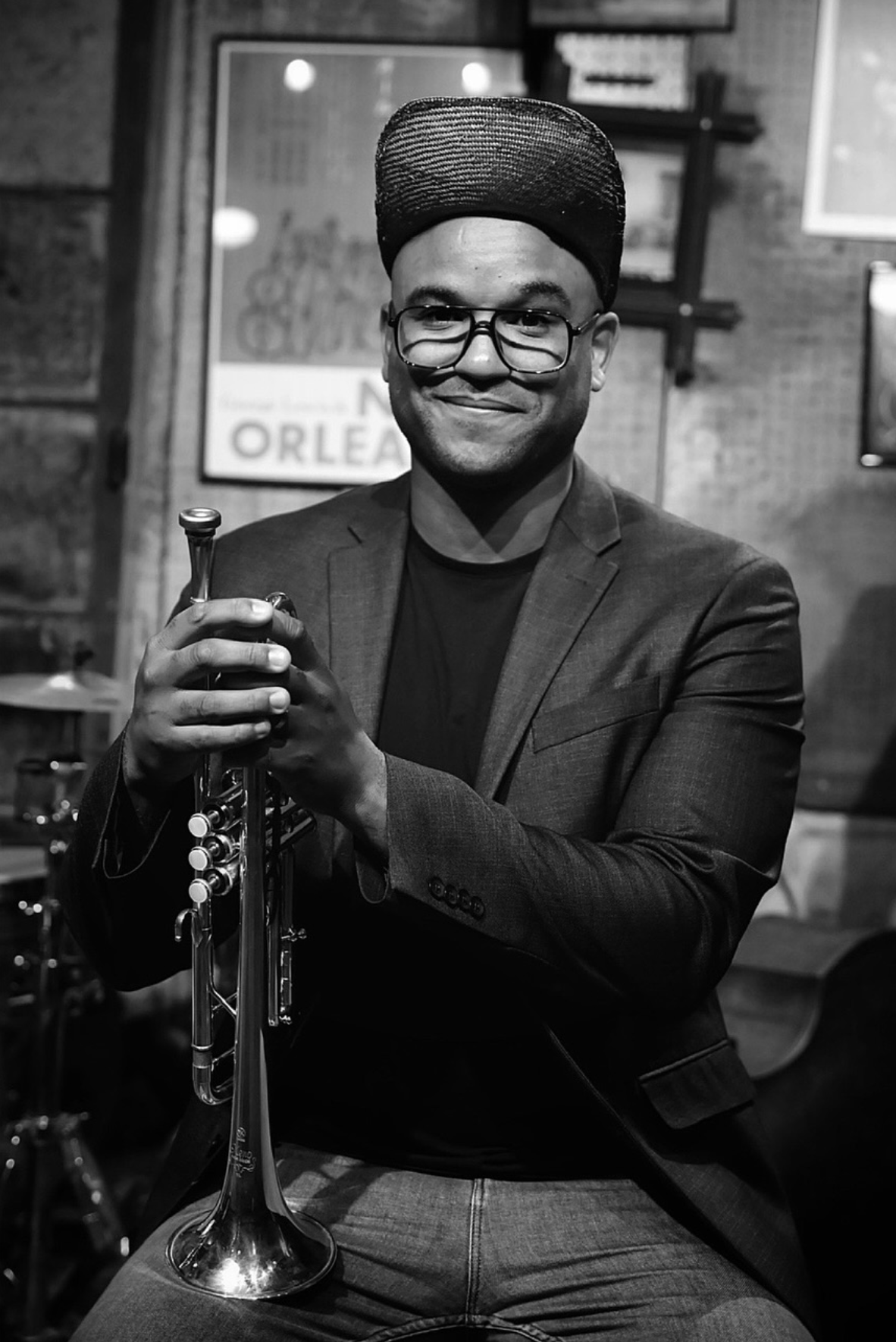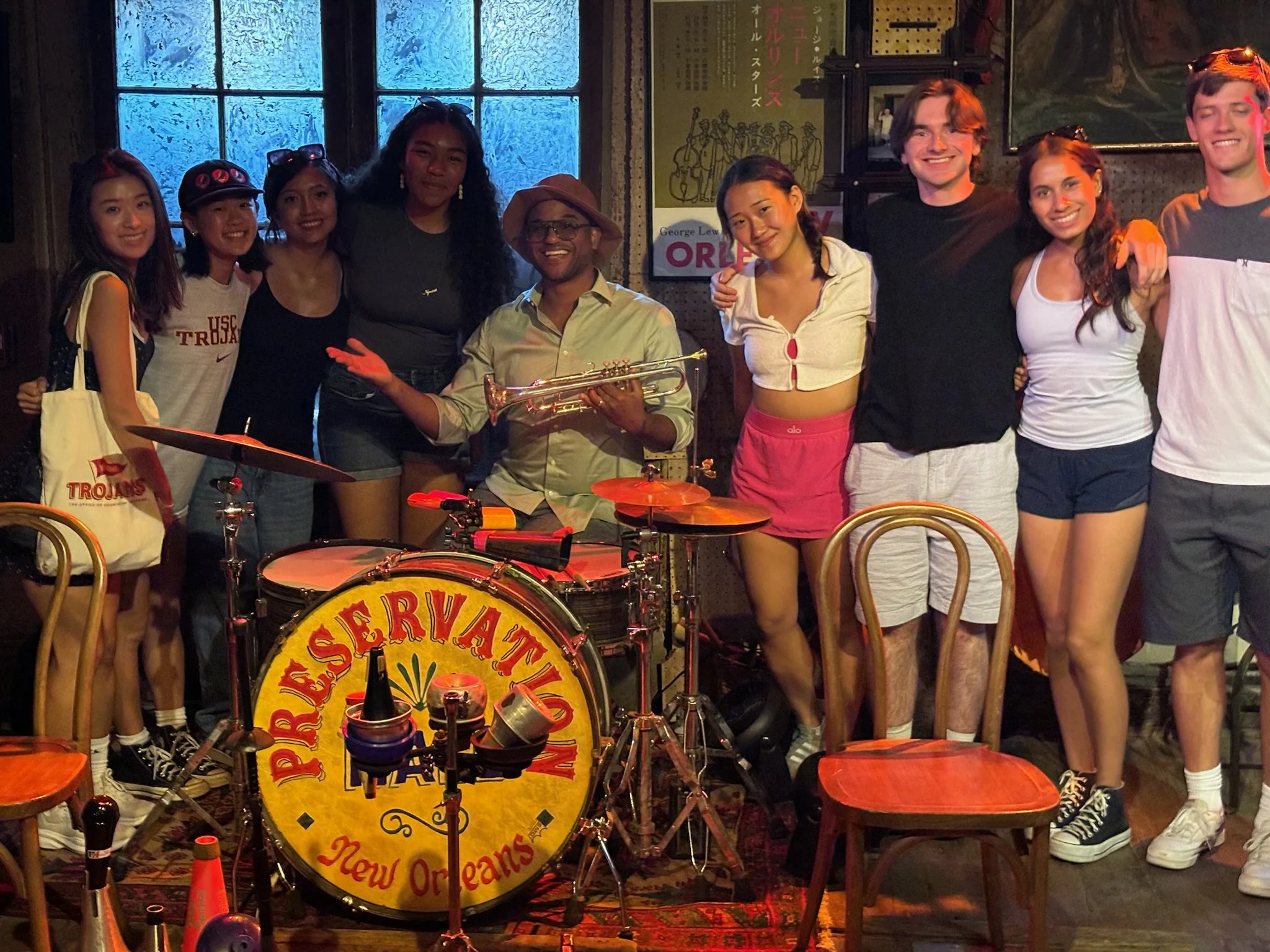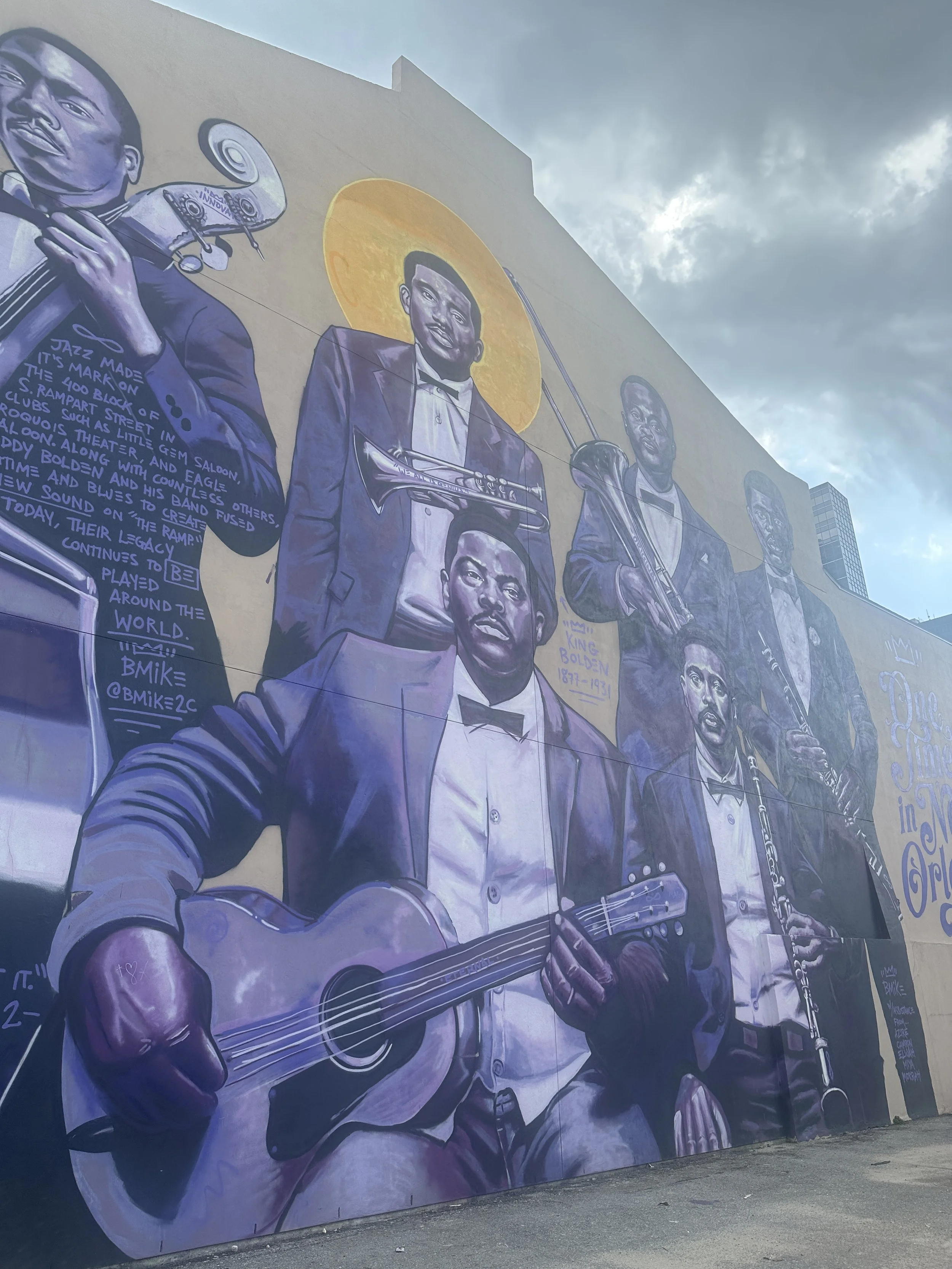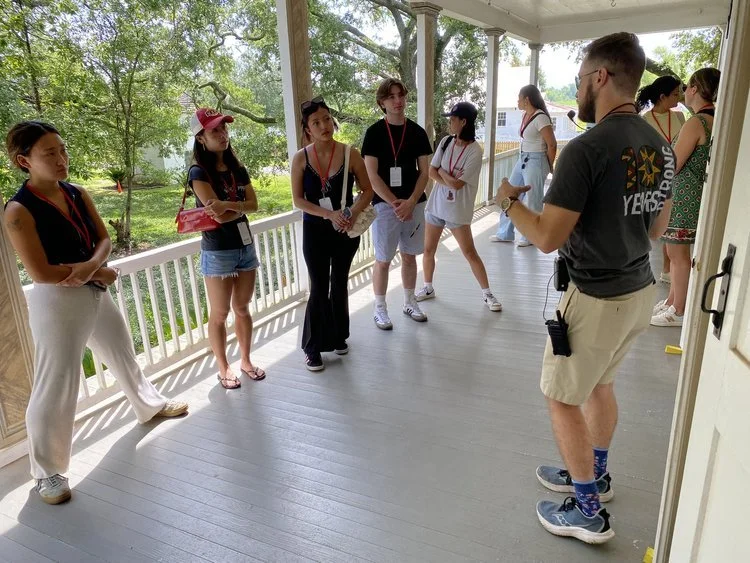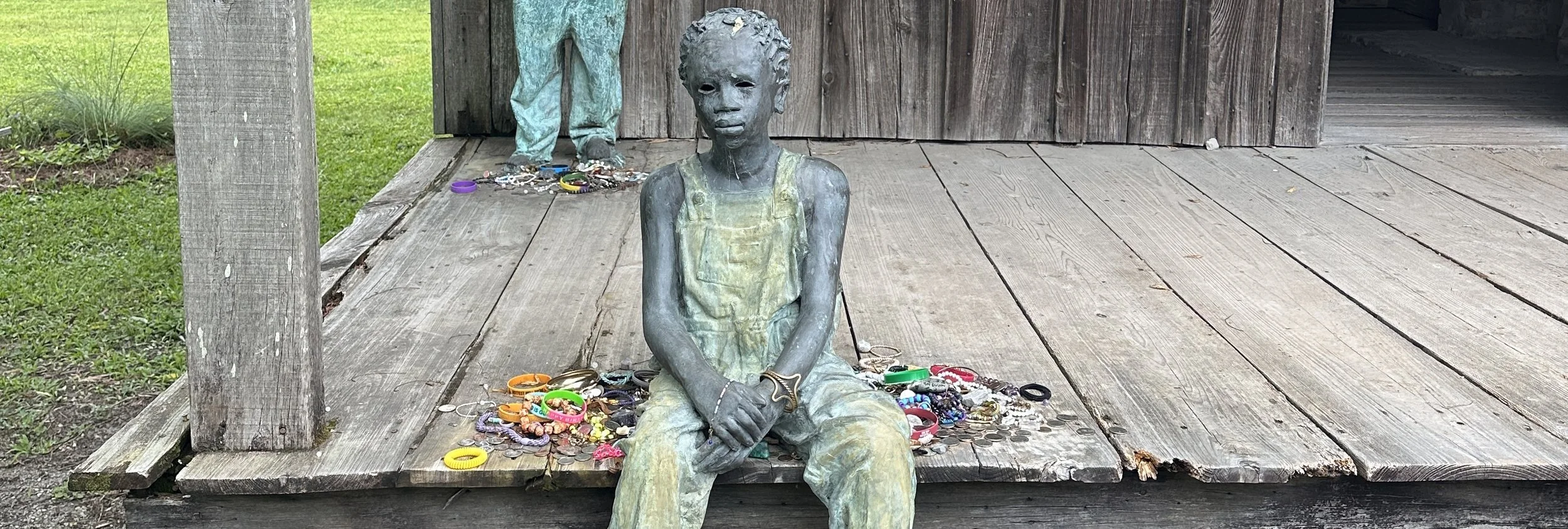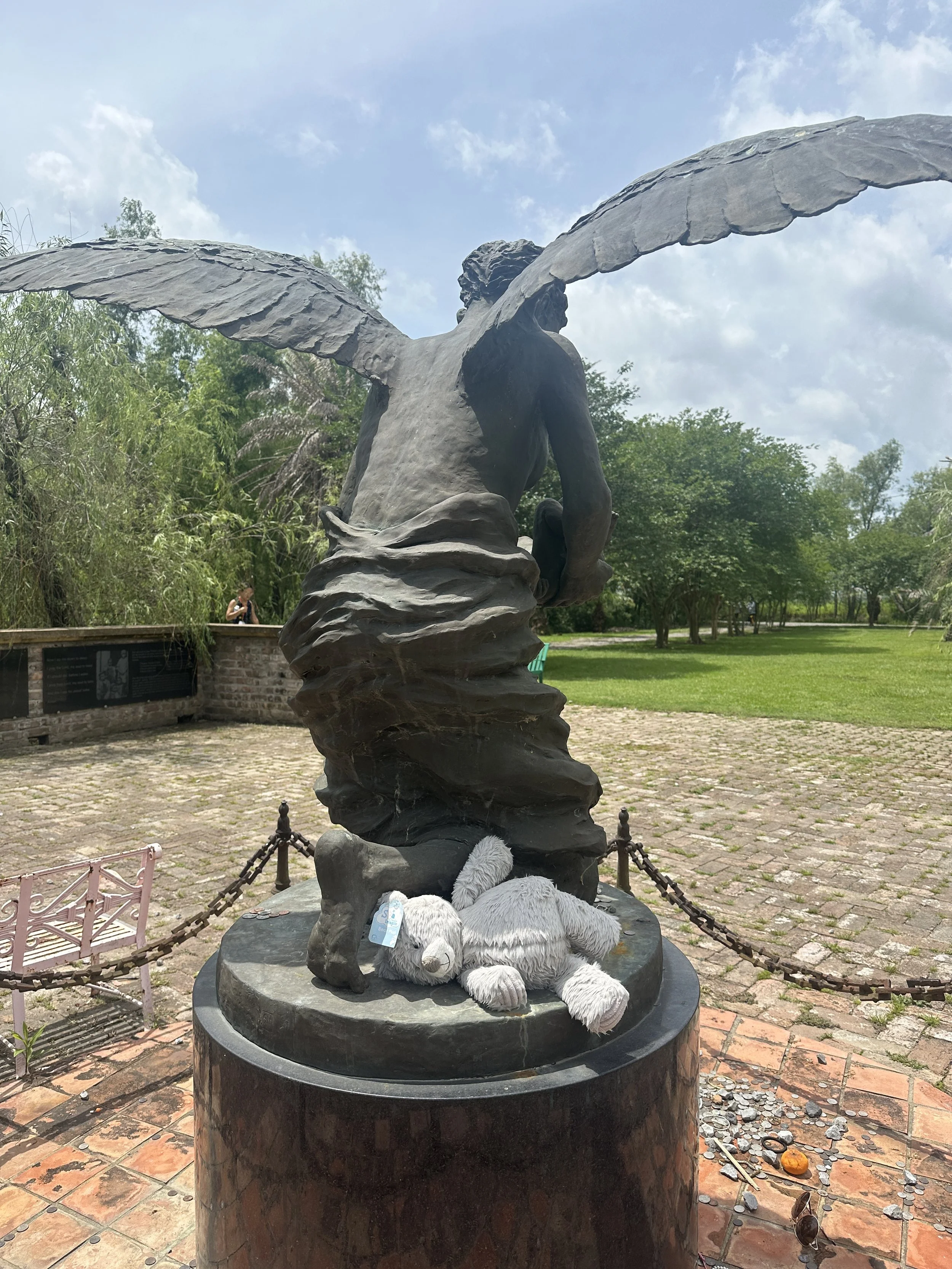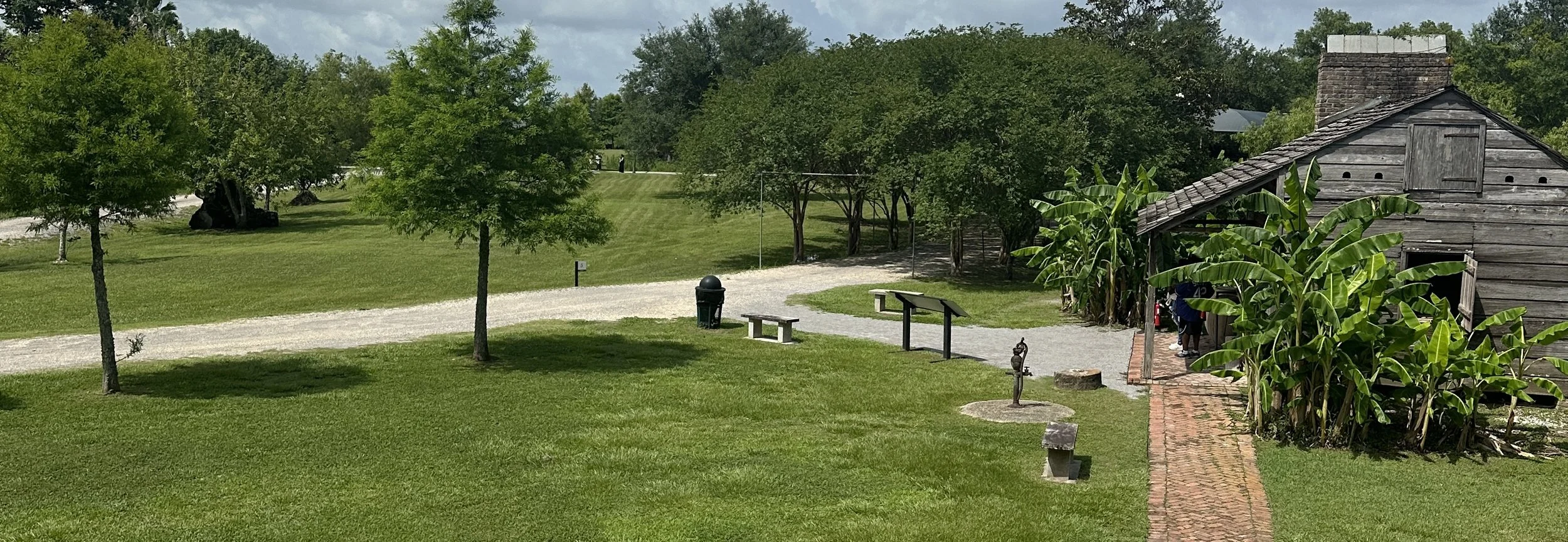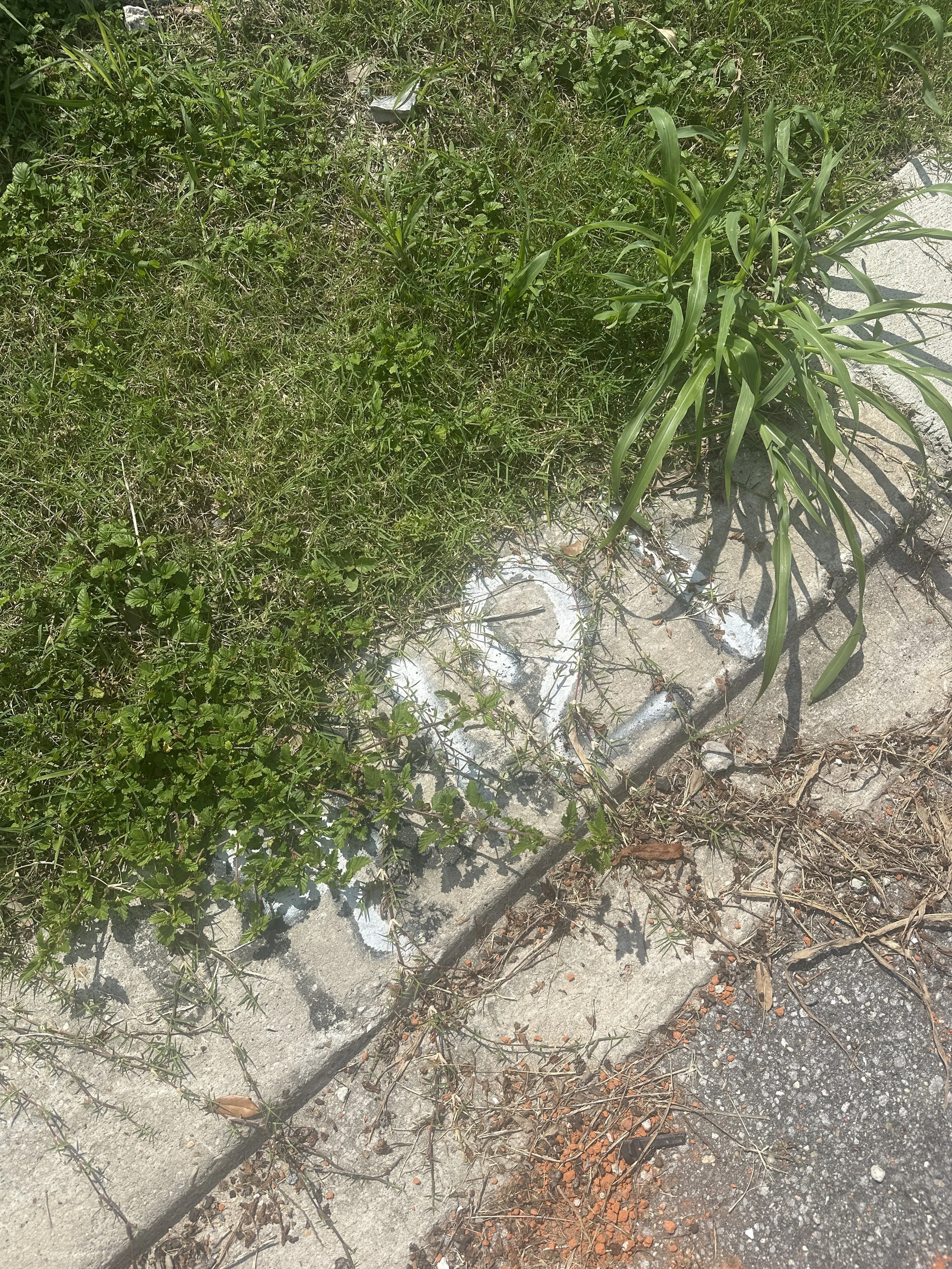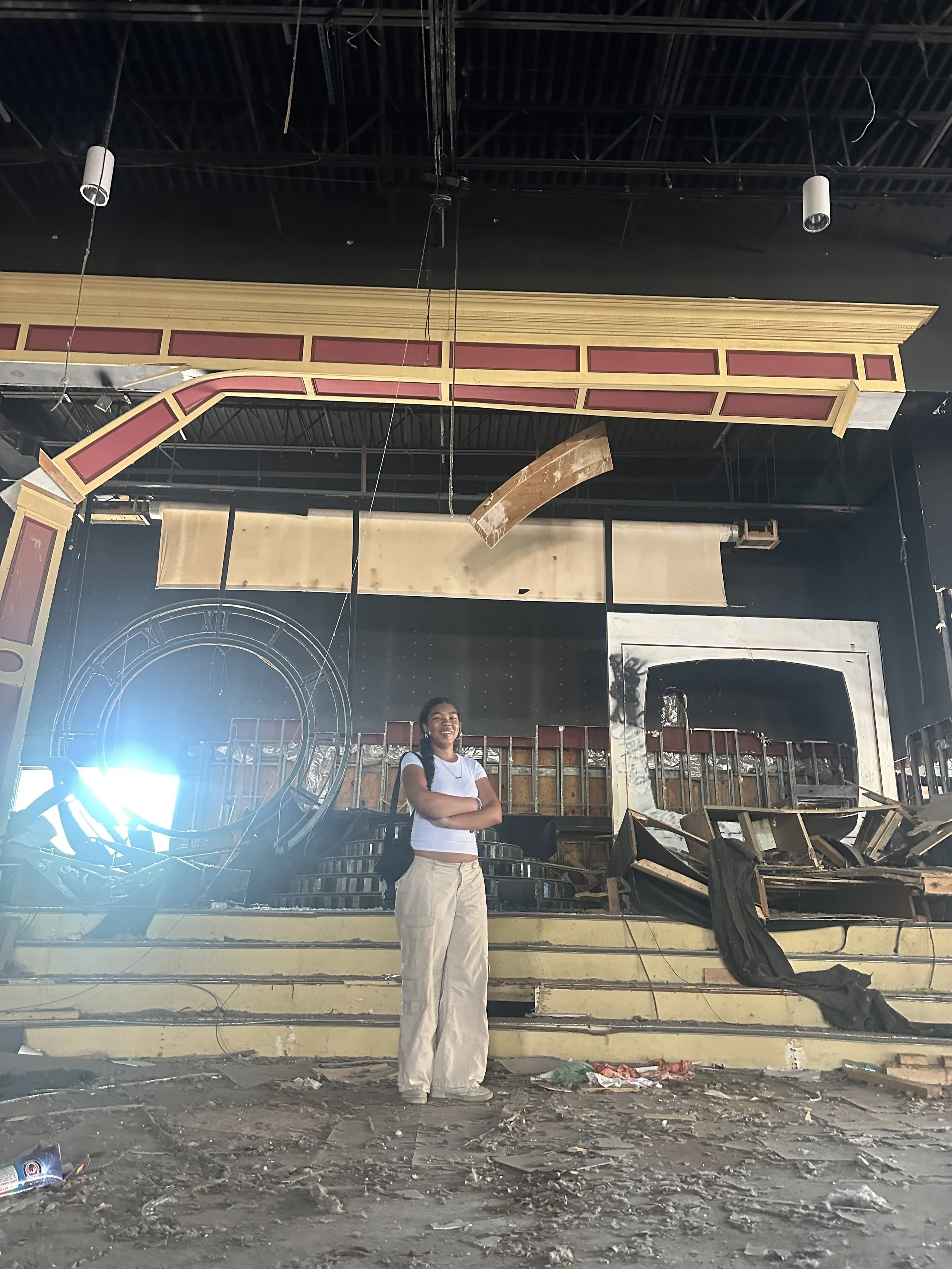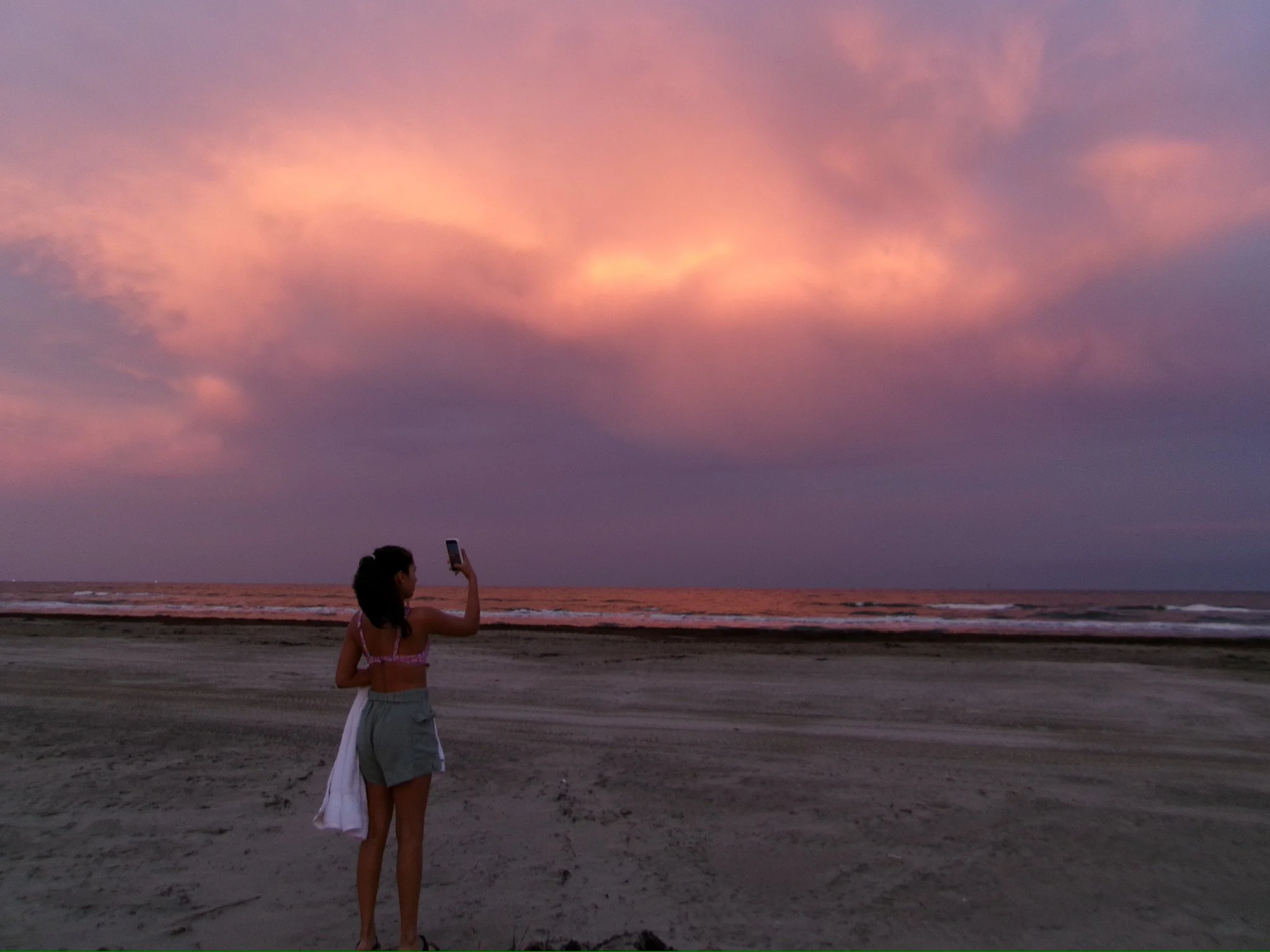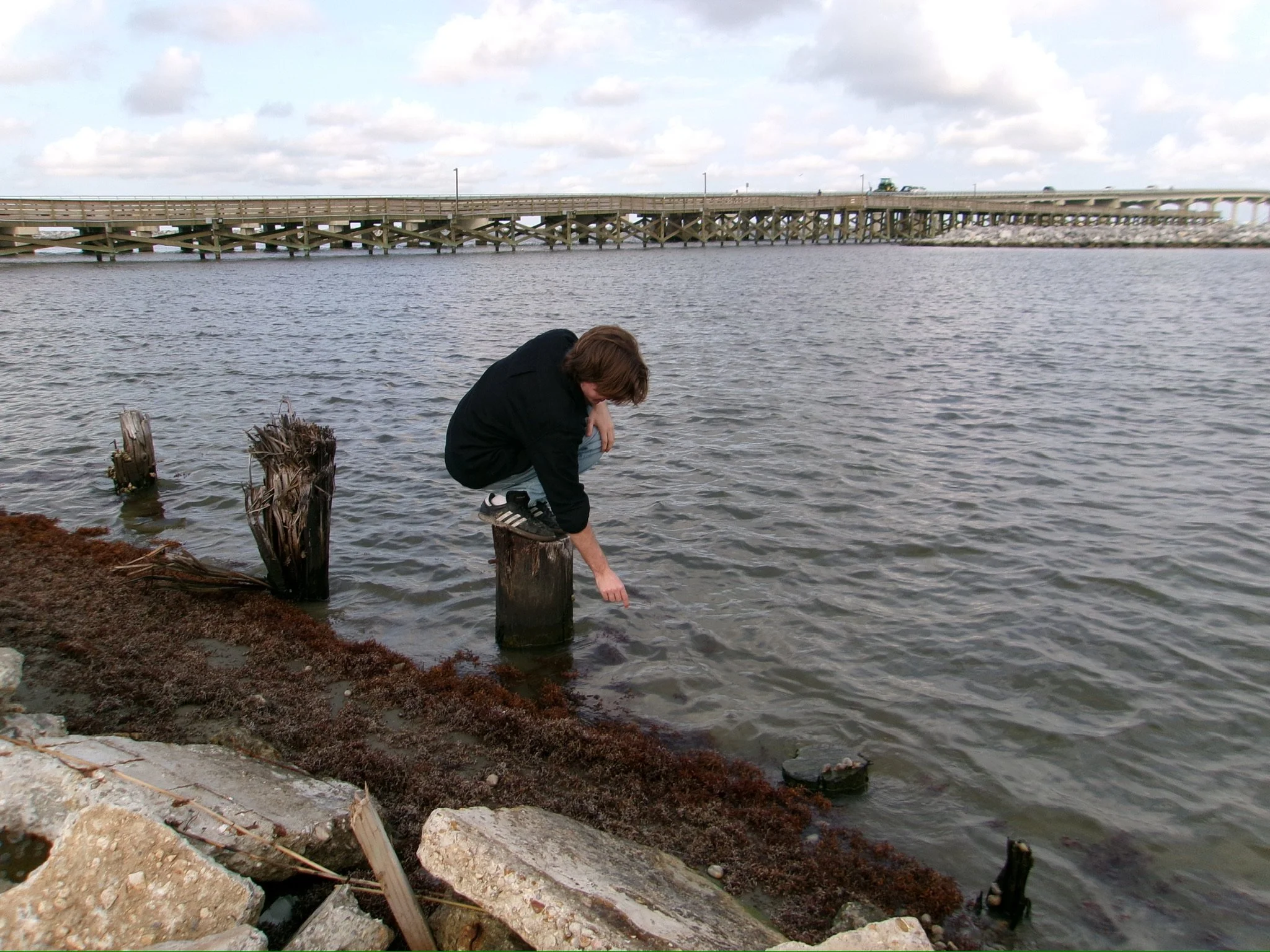““I had left New Orleans, but it hadn’t left me.”
IV Waste Sign (June 9th)
When we first arrived in New Orleans, we wandered the French Quarter. Originally, it was overwhelming. The sights, the sounds, and definitely the smells were a lot to take in at once. From the humidity, heat, and remnants from the parties the night before, I caught a scent of lemon permeating the entire quarter. How could a city, known for its parties, sweat, and grime, smell so good?
Later in our trip, I had the opportunity to ask someone about it. “Why does the city smell like that?”
She pointed to a sign hanging from the iron gallery above. “That’s IV Waste, they clean the streets each morning.”
IV Waste Truck (June 11th)
Spending a full month in New Orleans changed the way I see traveling. I didn’t feel like a tourist; I was instead immersed in everything around me. It wasn’t just a simple attraction to visit, but a city I had lived in and experienced firsthand. Sure, I’ve visited a variety of places in my life - Amsterdam, Paris, Kenya, Rome, New York, and many more - that all left a strong impact on me. However, I never had the time to sit down with a culture for as long as I did in New Orleans, nor have I learned about a local culture as intensely as this class challenged me to do. Still, it was always the little things that surprised me.
For instance, take eating. Half my camera roll is filled with pictures of plates - gumbo, jambalaya, crawfish. The meals made by people who lived in the French Quarter, Garden District, or beyond. However, those are all the dishes you expect to eat when in New Orleans. We experienced much more than that.
One of my favorite restaurants we visited was Bennachin, an unassuming spot at first. What was interesting was that it wasn’t serving New Orleans food, but rather authentic African cuisine. The restaurant proudly displayed both its cultural roots and its history, and we learned that it has been a New Orleans staple since 1992. This wasn’t the kind of place you’d go to during your first or second week in the city - but only after you’d lived in New Orleans for as long as we had. It might be the only place in the world where you could find New Orleans-influenced African food, and it was fantastic.
One of my favorite nights with everyone was our cooking class near the end of the trip. We all gathered around a pot and learned how to make gumbo, BBQ shrimp, and bananas Foster, and it was all so delicious. But during the evening, we started talking about the permanence of New Orleans. Maria Vieage shared how her business was completely destroyed when the levees broke. Louisiana as a whole is still trying to recover.
We asked if she would ever consider moving back to Louisiana permanently. “It’s only a matter of time until the levees break again. Until then, I have one foot in and one foot out.”
It reminded me that, although we were learning about the history of New Orleans, we were only brushing against one part of it. Once we leave and say our final goodbyes, the city will keep moving, and more history will be made. People will still struggle - between beauty, vulnerability, resilience, and risk. It’s stories like Maria’s that leave the biggest impact. That, above all, was the most important aspect of this trip: not walking the streets or tasting the food, but truly listening to the people of today.
As I sit in the airport in the early morning, I can imagine the IV Waste truck on the streets, washing away the party from the night before. The traces of us, our existence in New Orleans, are similarly being washed away. But that’s okay. This trip was never about leaving a legacy behind. Instead, I’ll be taking with me a deep respect for New Orleans, its culture, a few extra pounds, and a kind of lived knowledge I never could have gained otherwise.
Goodbye, New Orleans. Goodbye, Bookpacking. And thank you again, Andrew! There’s truly no place like New Orleans.
✌️
